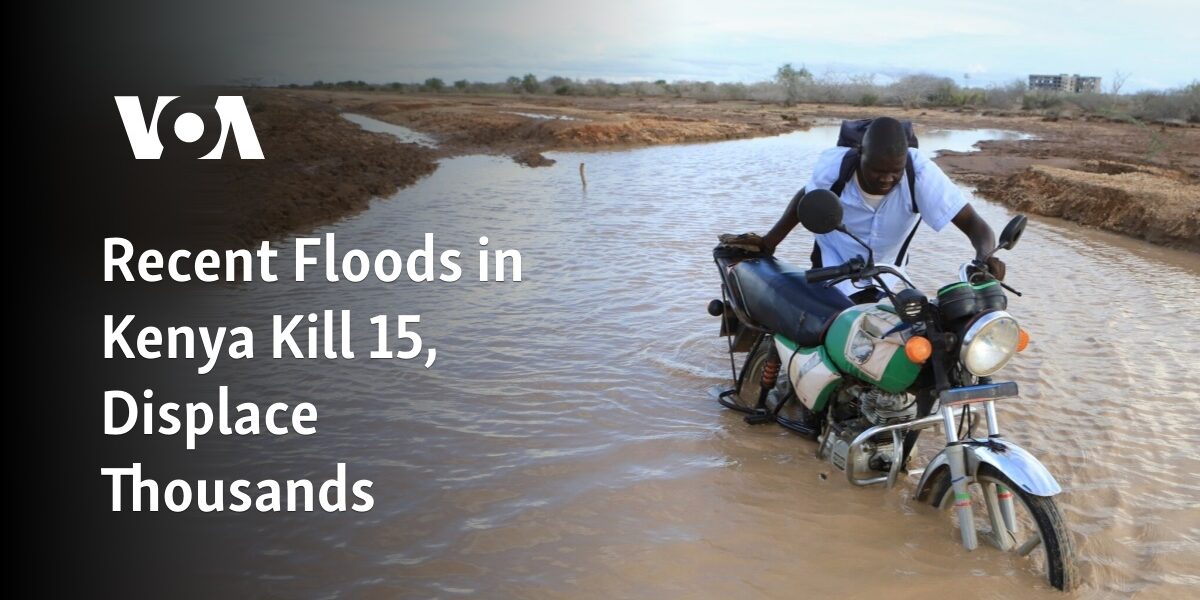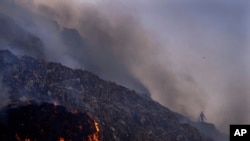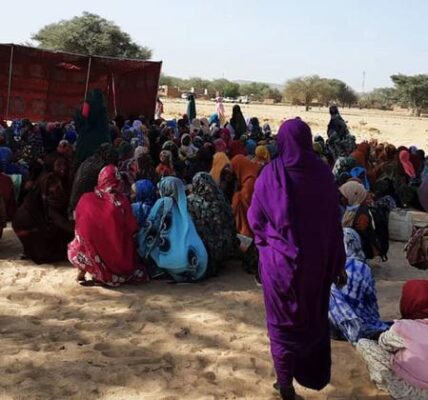 NAIROBI, KENYA —
NAIROBI, KENYA —
According to the Kenya Red Cross Society, 15 individuals lost their lives and numerous others were forced to evacuate due to severe rainfall and flooding in recent times.
According to Peter Murgor of the Kenya Red Cross Society, the excessive rainfall resulted in the loss of livestock and damage to businesses and farmland. Murgor, who manages disaster risk reduction and climate change adaptation, reported these devastating effects.
Murgor informed VOA that schools and hospitals in areas that have been stranded are experiencing impacts.
According to Murgor, the situation has the potential to deteriorate.
The Kenya Meteorological Department predicted that the country will have higher-than-average rainfall in the last quarter of this year due to warmer sea surface temperatures in the central and eastern equatorial Pacific Ocean.
“We have been notified by the [weather forecaster] that November is typically the peak month,” Murgor informed VOA. “Considering we are only at the beginning of November, it is likely that the situation will worsen as the month progresses. This could result in more people being displaced and a further loss of livelihoods.”
According to him, almost 50% of Kenya’s 47 counties are in danger, with the northeastern region bearing the brunt of the impact.
Severe precipitation has also impacted the nearby countries of Uganda, Ethiopia, and Somalia. The local government in Somalia has declared a state of emergency due to 29 fatalities and displacement of hundreds of thousands caused by the extreme weather.
Meanwhile, Murgor predicts that flash floods in Kenya will continue to pose difficulties.
According to him, the flooding may lead to an increase in disease outbreaks. However, the Kenya Red Cross is collaborating with the Ministry of Health, the government, and other stakeholders to find ways to prevent and prepare for these effects. They are also working with farmers to manage post-harvest losses.
He also mentioned that if it is possible to give early warnings, the community will be notified about potential floods so that people can relocate to a safer location.
Source: voanews.com




